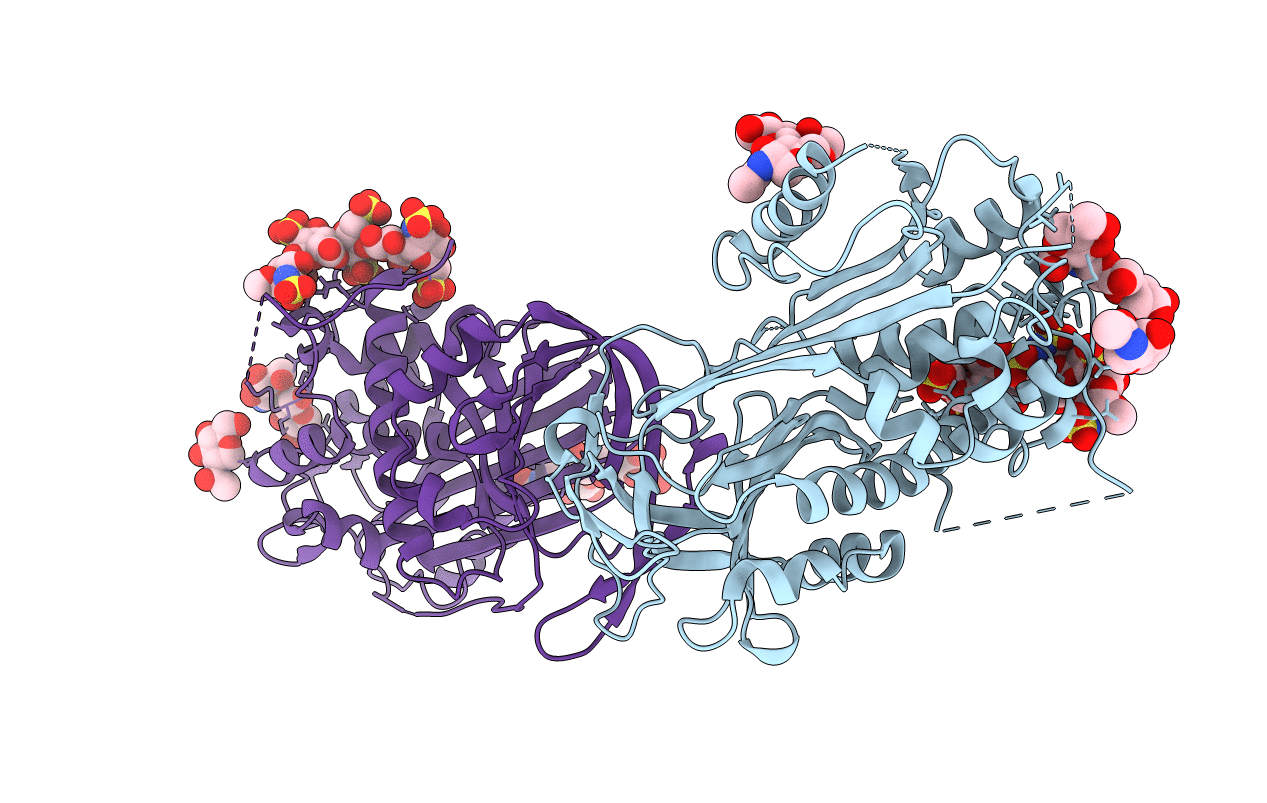
Deposition Date
2008-10-13
Release Date
2008-10-21
Last Version Date
2024-11-20
Entry Detail
PDB ID:
3EVJ
Keywords:
Title:
Intermediate structure of antithrombin bound to the natural pentasaccharide
Biological Source:
Source Organism:
Homo sapiens (Taxon ID: 9606)
Method Details:
Experimental Method:
Resolution:
3.00 Å
R-Value Free:
0.28
R-Value Work:
0.23
R-Value Observed:
0.23
Space Group:
P 1 21 1


